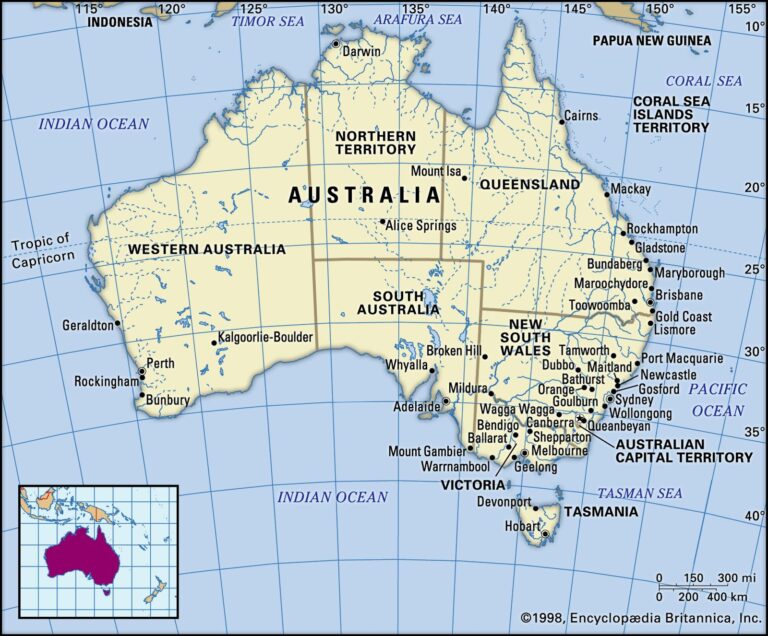Australia has formally called on China to provide an explanation for its “extraordinary” military build-up in the Indo-Pacific region, raising concerns over regional security and stability. The request, underscored by Australian officials amid escalating geopolitical tensions, highlights growing unease about China’s expanding military capabilities and intentions. This development comes as Beijing continues to assert its influence across contested territories, prompting Canberra and its allies to closely monitor the shifting dynamics in one of the world’s most strategically sensitive areas.
Australia Demands Clarification Over Chinas Rapid Military Expansion
Australian officials have expressed growing concern over what they describe as a rapid and unprecedented military expansion by China. The government is urging Beijing to provide transparency regarding its accelerated development of naval and missile capabilities, which experts warn could shift the strategic balance in the Indo-Pacific region. Canberra’s calls come amid increasing apprehension over China’s intentions, as reports highlight a significant increase in defense budget allocations and the deployment of cutting-edge technologies.
- Increase in naval vessels: Nearly 30 new ships launched in the past two years
- Advanced missile systems: Deployment of hypersonic missiles and long-range ballistic options
- Expanded military bases: Construction of new facilities in key strategic locations
| Aspect | 2019 | 2023 | Growth (%) |
|---|---|---|---|
| Naval Vessels | 250 | 310 | 24% |
| Missile Systems | 150 | 230 | 53% |
| Military Bases | 12 | 18 | 50% |
In response to these developments, the Australian Defense Minister emphasized the need for open dialogue to prevent misunderstandings that could destabilize the region. While Canberra remains committed to peaceful diplomacy, it also plans to bolster its own military readiness, including increased partnerships with regional allies. This strategic recalibration reflects a broader effort to maintain security and balance amid the evolving geopolitical climate in the Asia-Pacific.
Strategic Implications of Chinas Build Up for Regional Security
China’s intensified military expansion in the Indo-Pacific has sent ripples through the regional security architecture, prompting neighboring countries and international observers to reassess their strategic calculations. The rapid modernization of naval assets, deployment of advanced missile systems, and infrastructure developments across contested maritime zones underscore Beijing’s intention to assert greater control over critical sea lanes. This multifaceted buildup not only challenges the existing balance of power but also raises concerns about freedom of navigation and the potential for escalations in flashpoint areas such as the South China Sea and the Taiwan Strait.
Key strategic consequences include:
- Heightened regional tensions: Increased military presence intensifies rivalries and complicates diplomatic efforts.
- Shift in alliance dynamics: Nations like Australia and Japan reinforce defense partnerships and seek stronger ties with the US.
- Emergence of countermeasures: Regional actors accelerate investments in surveillance, cyber capabilities, and asymmetric warfare.
| Aspect | Implication | Example |
|---|---|---|
| Naval Expansion | Control over sea routes | New aircraft carriers commissioned |
| Missile Development | Extended strike range | Deployment of hypersonic missiles |
| Base Construction | Forward operating capabilities | Facilities on disputed islands |
Experts Call for Enhanced Diplomatic Engagement and Transparency Measures
Amid rising tensions in the Asia-Pacific region, international analysts emphasize the urgent need for greater diplomatic dialogue between Australia and China to ease uncertainties surrounding the reported military expansion. Experts suggest that transparent communication channels could serve as a critical step toward mitigating misunderstandings and reducing the risk of escalation. Furthermore, calls have intensified for the implementation of confidence-building measures to foster regional stability, including routine exchanges of military intentions and joint observation mechanisms.
Key recommendations from defense specialists include:
- Enhanced transparency protocols on troop deployments and exercises
- Establishment of a bilateral military liaison office
- Regular summits focusing on security cooperation
- Third-party mediation to facilitate constructive negotiations
| Measure | Purpose | Expected Outcome |
|---|---|---|
| Transparency Reports | Provide detailed updates on military activities | Reduce misinformation |
| Liaison Office | Maintain direct military communication | Prevent accidental conflicts |
| Security Summits | Discuss mutual concerns regularly | Build trust and cooperation |
In Summary
As tensions continue to simmer in the Indo-Pacific region, Australia’s call for China to clarify its recent military expansion underscores the growing unease among regional powers. The developments will likely prompt further diplomatic engagement and heightened vigilance, as nations seek to balance security concerns with the complexities of international relations. The situation remains fluid, with global observers closely monitoring China’s next moves and the broader implications for regional stability.




